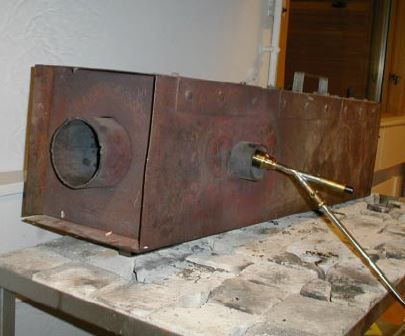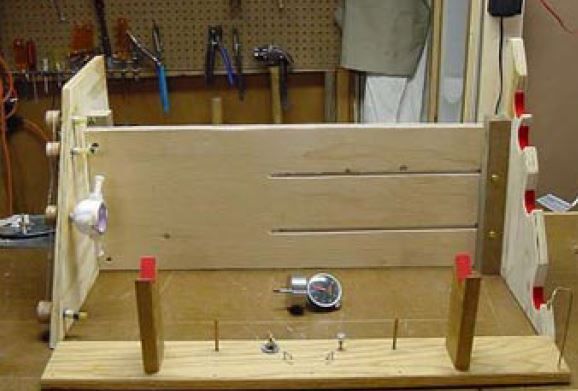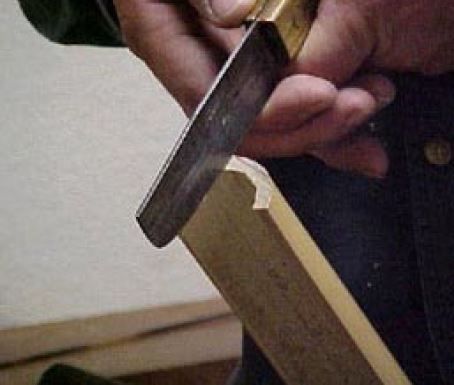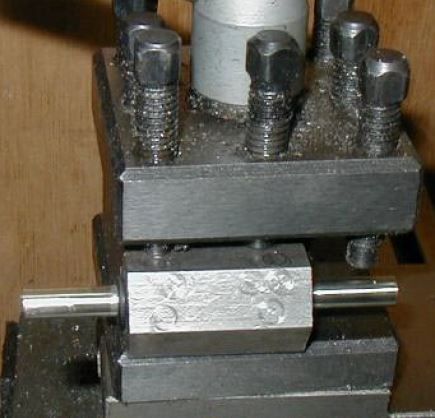
LeClair Ferrule and Reel Seat Station Cutters
Normally I “lurk” on the rodmakers mailing list, and from time to time post a few questions or observations. I like to sit back on the sidelines to “look and listen” as to what is going on....

Bamboo Rodmakers Database Program
Having an addiction for tapers and all things rod building, I have for the longest time searched for the best way to keep track of tapers. I have tried notebooks, and elaborate folders on my computer...

The Pipe of Fire: FLAMING CANE
Like other journeys in life, my journey into cane land has been a journey of change. Inspiration from fellow rodmakers, mainly through the RODMAKERS Listserv, has inspired me to make all kinds...




